

Damion Smy
Boxy new KGM Musso unveiled to take on HiLux and Ranger ahead of Australian launch
11 Hours Ago
The 2021 Renault Captur is a smart-looking SUV that makes up for most of its predecessor's missteps.
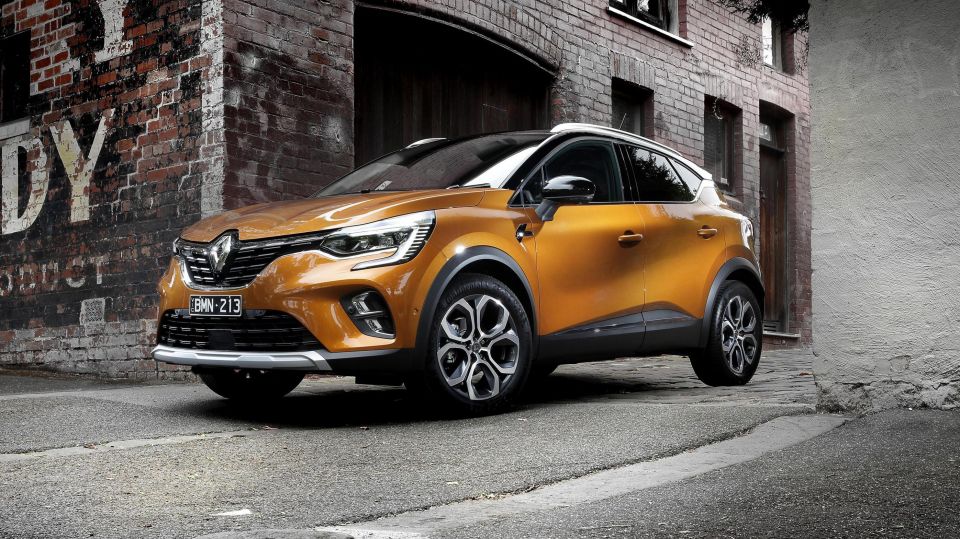
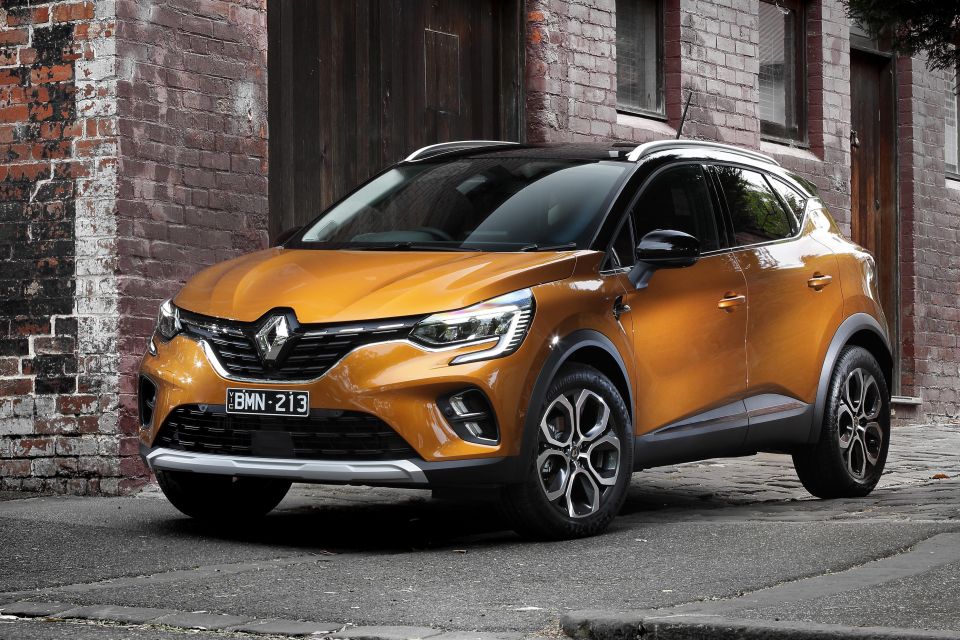

Contributor
New from
$28,190
excl. on-roads

Contributor
New from
$28,190
excl. on-roads


Contributor
New from
$28,190
excl. on-roads

Contributor
New from
$28,190
excl. on-roads
Quickly see how this car stacks up against its competition. Select any benchmark to see more details.
Where expert car reviews meet expert car buying – CarExpert gives you trusted advice, personalised service and real savings on your next new car.
You’re looking at the car Renault Australia desperately needs to succeed.
The slightly larger Kadjar is gone from our shores, and the Clio city hatchback is no longer due to come Down Under. That makes the Captur the most affordable car or SUV you can buy from Renault in Australia.
The Captur is up against some stiff competition. Along with the related Nissan Juke, it takes on everything from the Ford Puma to the style-focused Toyota C-HR in one of Australia’s most competitive segments.
With a curvaceous exterior, stylish cabin, and punchy turbocharged engine, it has all the right tools to succeed.
The Renault Captur Intens on test here has a list price of $35,790 before on-road costs, although you can get into an entry-level Life for $28,190 before on-roads.
A mid-spec Captur Zen will set you back $30,790 before on-roads.
The most natural rival to the Captur comes from within the Renault-Nissan Alliance.

Built on the same bones as the little Renault, the Nissan Juke range starts at $27,990 before on-roads and extends to $36,490 before on-roads for the range-topping Ti.
Although it’s more expensive at the top end, the Juke actually gets a less powerful engine.
The Captur also locks horns with the Ford Puma (between $31,990 and $36,990 drive-away) and the Toyota C-HR (between $30,915 and $37,665 before on-roads).
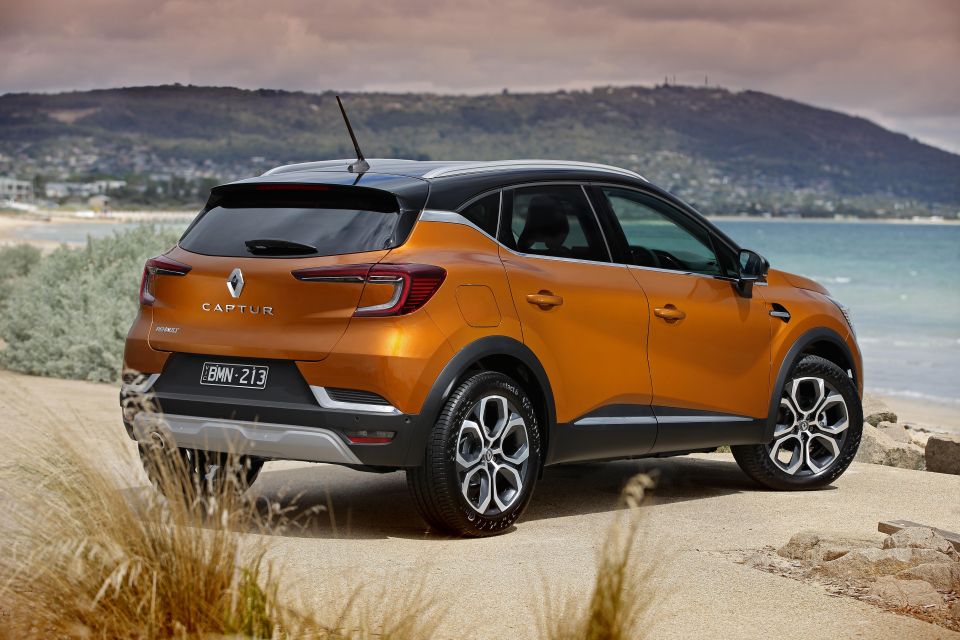
Buy your new car without the stress. It's fast, simple and completely free.

Great service from Travis and team, second time I have used this business would not hesitate to recommend them to anyone
Craig C.
Purchased a Ford Ranger in Sunshine Coast, QLD
CarExpert helped Craig save thousands on his Ford Ranger, now let us save you on your next new car.
Find a dealStandard equipment across the Captur range includes LED head- and tail lights, a reversing camera, parking sensors, paddle shifters, a six-speaker sound system, and a 7.0-inch infotainment display with wired Apple CarPlay and Android Auto.
Jumping to the mid-range Zen adds keyless entry and start, a heated leather steering wheel, climate control, rain-sensing wipers, wireless phone charging, blind-spot monitoring , and rear cross-traffic alert.
The range-topping Intens on test gets you a 9.3-inch vertical infotainment system with satellite navigation, along with a nine-speaker sound system.

There’s also a 7.0-inch trip computer as standard, although ours had a digital instrument binnacle as part of an options pack.
You also get 3D-effect tail lights, a 360-degree camera, a powered and heated driver’s seat, auto brake hold, LED cabin lighting, dual rear USB ports, leather trim, privacy glass, and 18-inch alloy wheels.
The Easy Life Package fitted to our tester brings hands-free parking, automatic high-beam, a 10.25-inch digital instrument binnacle and a frameless rear-view mirror.
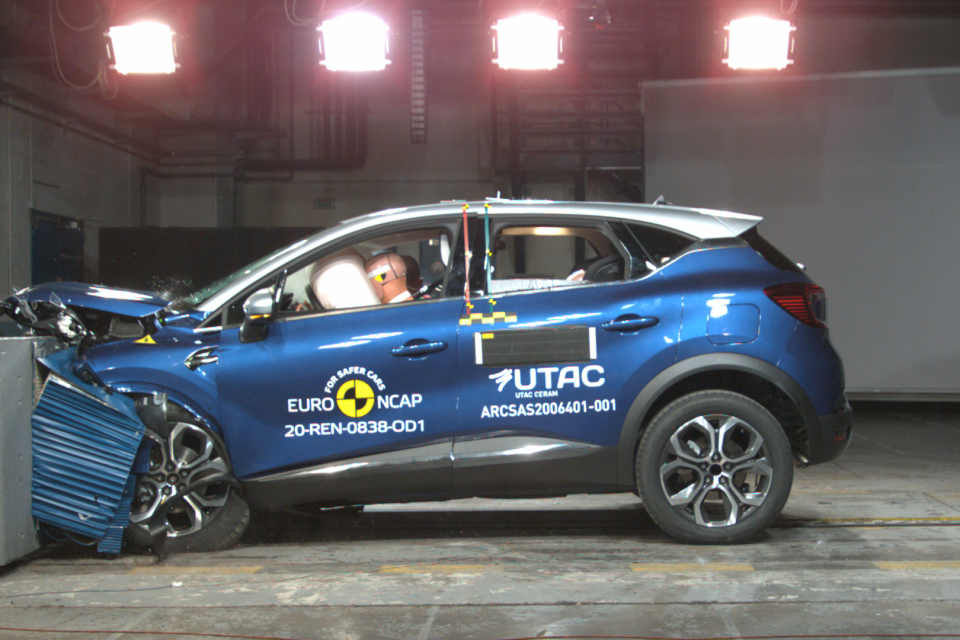
The 2021 Renault Captur has a five-star ANCAP safety rating based on testing carried out by Euro NCAP in 2019.
It scored 96 per cent for adult occupant protection, 83 per cent for child occupant protection, 75 per cent for vulnerable road user protection, and 74 per cent for safety assist.
Standard safety equipment in Australia includes:
Blind-spot monitoring and rear cross-traffic alert are available.
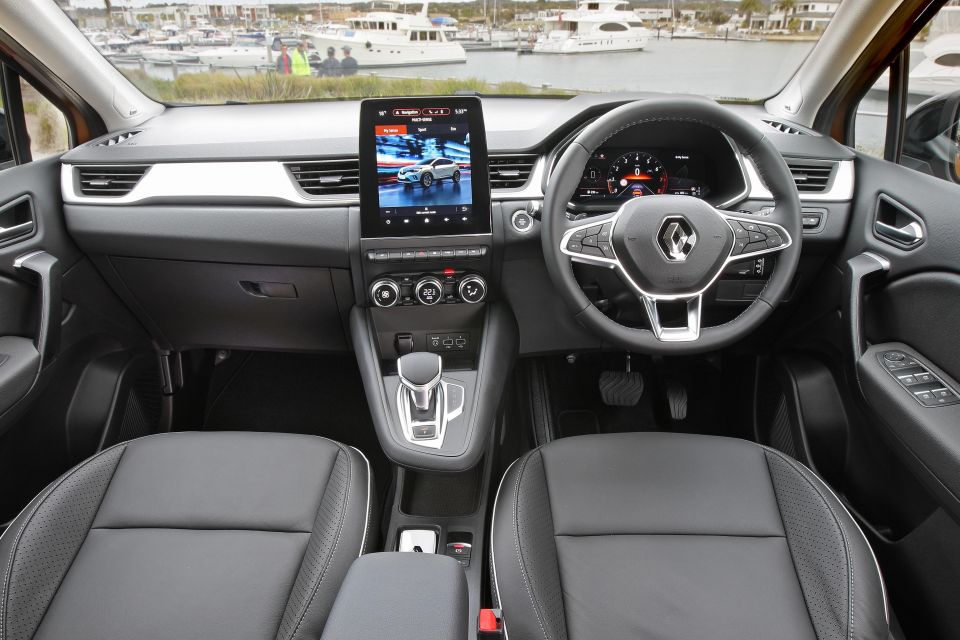
This is one of the nicest compact SUV cabins money can buy.
For starters, it’s a handsome little thing from behind the wheel. The design is clean and modern, with unique touches such as the wing-style centre console and iPad-style touchscreen helping elevate it above the crowd.
The materials all feel excellent, too. The leather on the seats is soft, and the steering wheel feels like a quality item. Even the dashboard and doors are trimmed in soft-touch materials, and pack ambient lighting with a range of colour options.
It’s not perfect. That wing-style storage space feels a bit wobbly when you bump it with your knee, and the transmission selector looks sharp but feels a bit toy-like.
Overall though, it makes a Ford Puma look and feel a bit mundane.
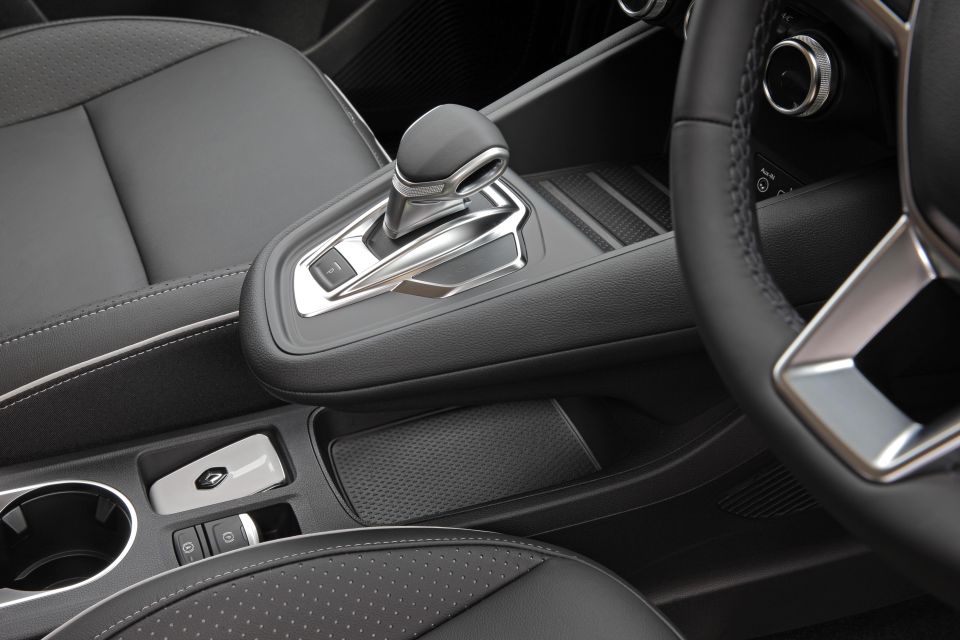
The fundamentals are good, too. The driving position verges on too high for tall drivers, but there’s more than enough leg- and headroom up front.
Most the major controls are where you’d expect them to be – cruise control is finally on the wheel, not the transmission tunnel – although the audio control pod behind the steering wheel takes some getting used to.
This is still a Renault, so there’s still some uniqueness there. I like the pod, others don’t. Try before you buy.
The driver is faced with a crisp 10.25-inch digital instrument binnacle, included as a part of the optional Easy Life Package. It feels properly premium, with super slick graphics and a range of layouts.
The 9.3-inch vertical touchscreen isn’t quite as slick. It’s easy to navigate, but the graphics are a bit blocky and it’s not as quick to respond as maybe you’d expect in the iPad age.
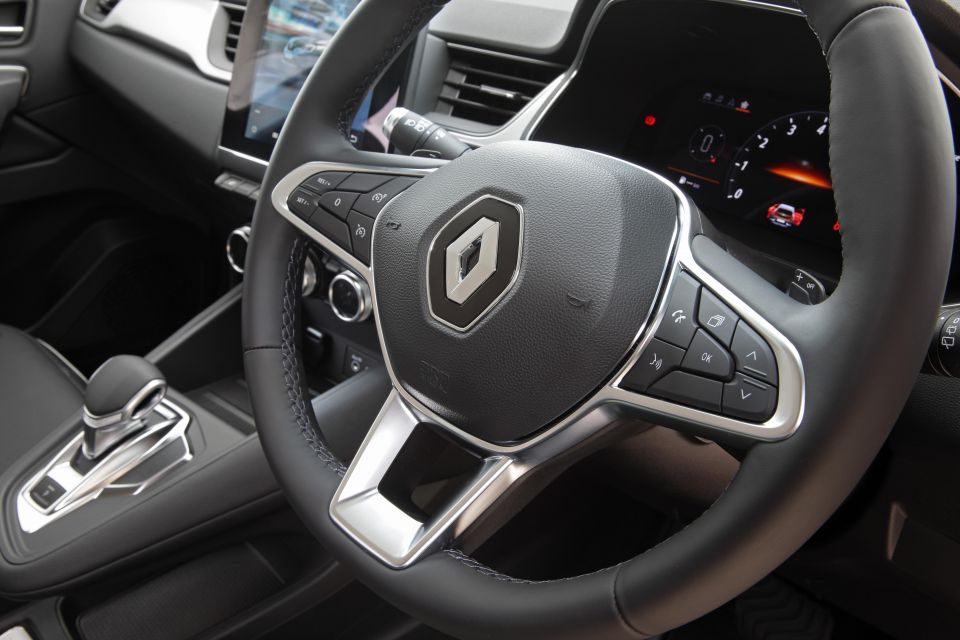
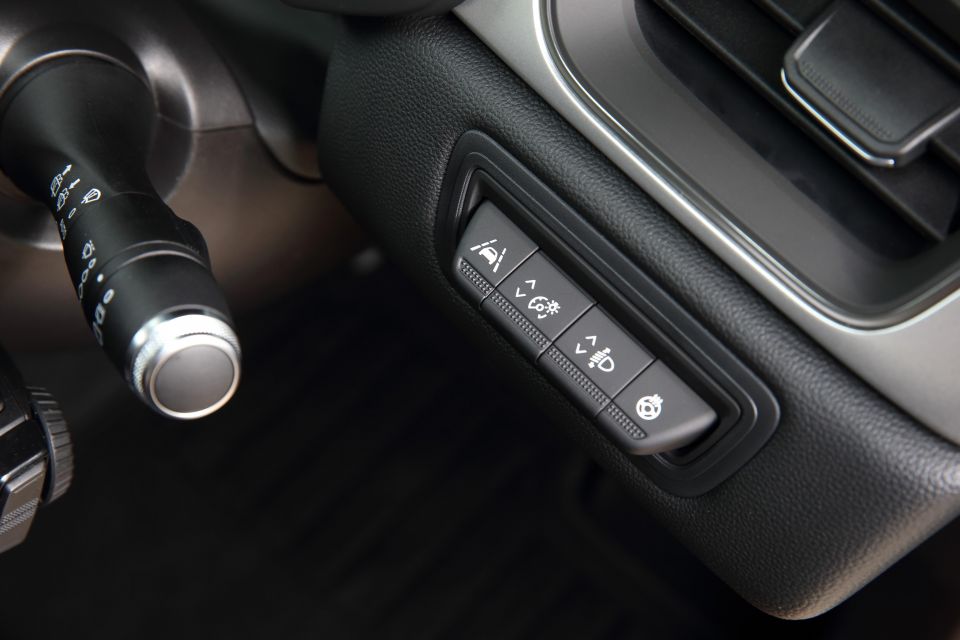

Although it’s not far off the mark it doesn’t quite have the substance to match its style, which is a shame.
With factory satellite navigation, Apple CarPlay and Android Auto, DAB+ radio, and Bluetooth connectivity, at least it’s fully featured.
Storage around the cabin is generous, from the two-tier centre console to the decent under-armrest bin, and there are two USB-A ports in the front to complement the wireless phone charger.
Rear passengers are treated to air vents, USB chargers, and decent storage bins in the doors.
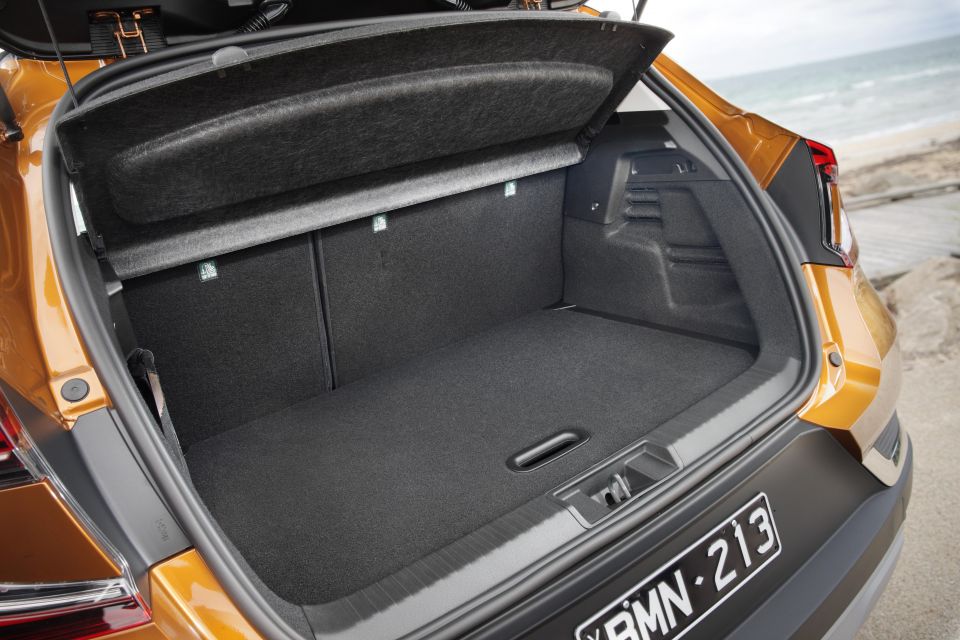
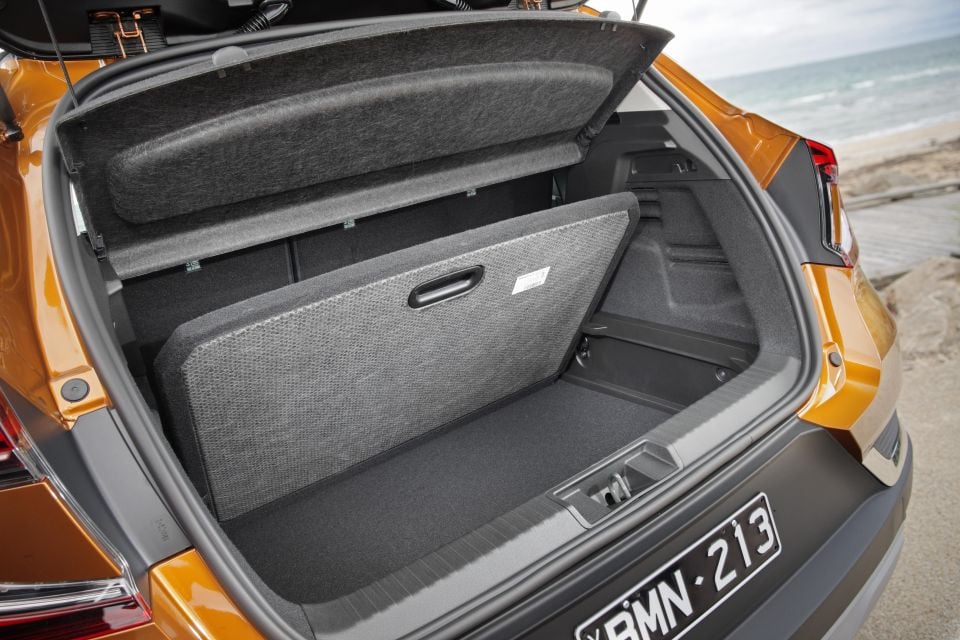
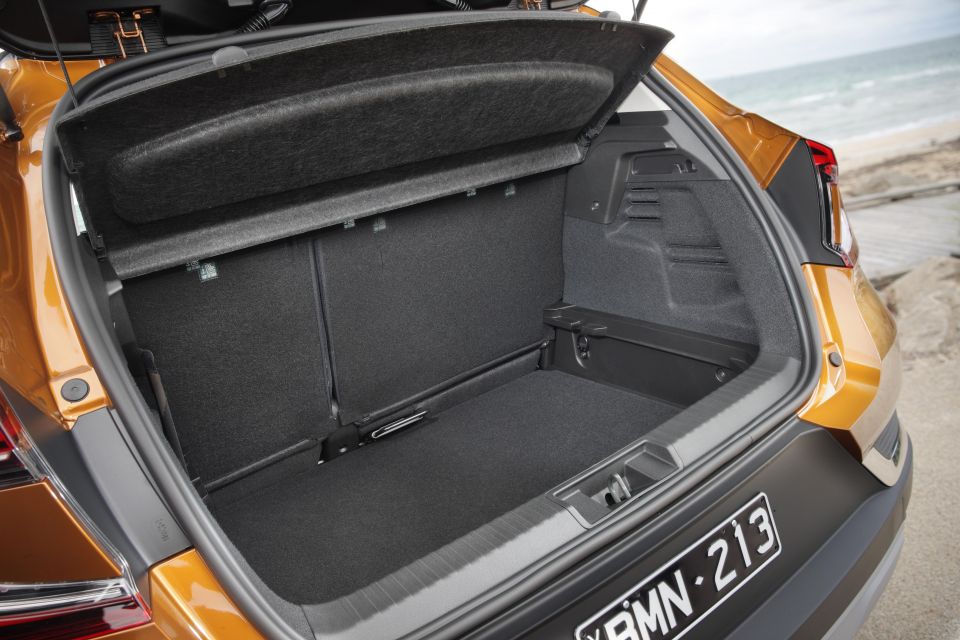
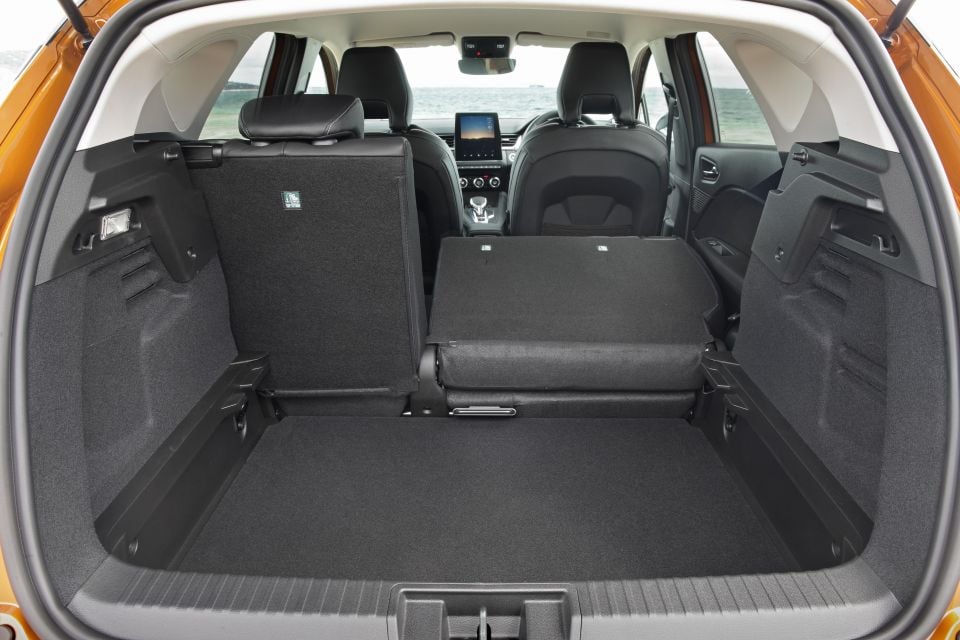
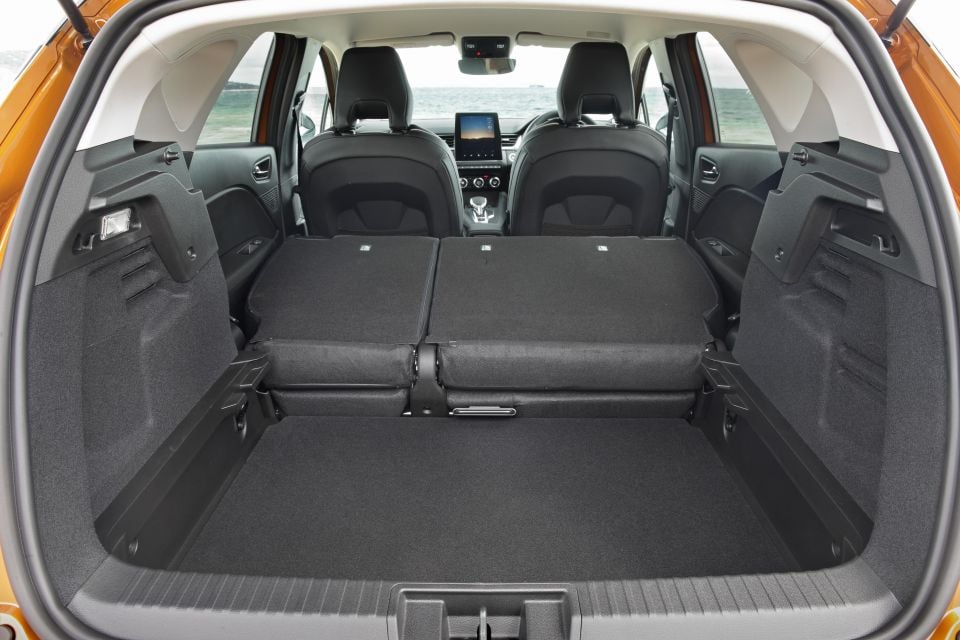
Rear legroom is good for what’s a compact car on the road. Adults can realistically sit behind tall-ish adults for shorter journeys, and kids will have no trouble back there.
Headroom isn’t quite as good, although it’s acceptable for children or shorter adults.
Boot space is 422L with the rear seats in place, 536L including under-floor storage and the rear bench slid forward, and 1275L with the rear seats folded flat.
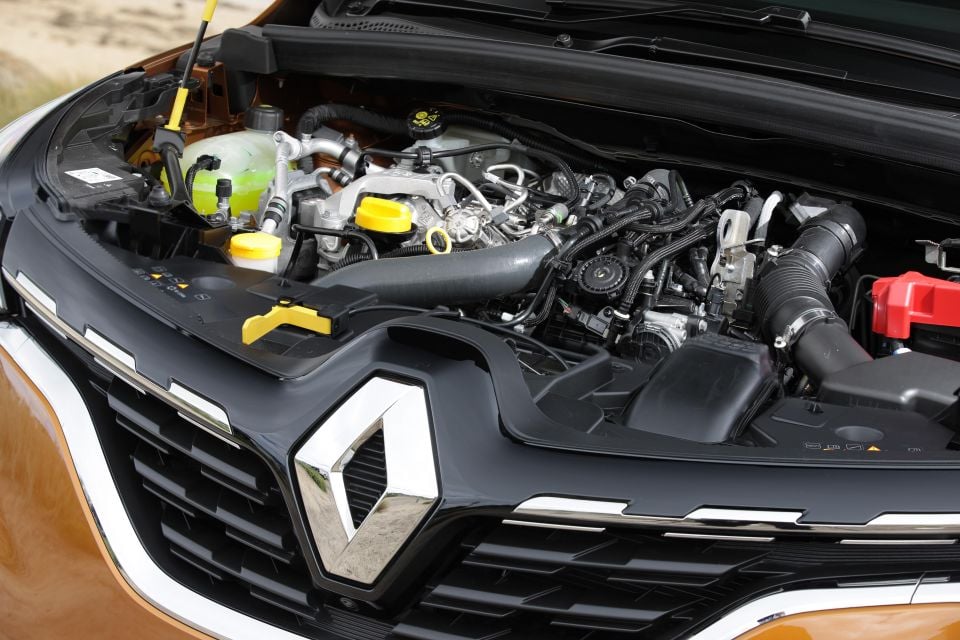
The 1.3-litre four-cylinder turbocharged petrol engine in the Captur has 113kW of power and 270Nm of torque.
It’s mated with a seven-speed dual-clutch transmission across the range, driving front-wheels exclusively.
Claimed fuel economy is 6.6L/100km on the combined cycle, we saw just north of 7.0L/100km during our time behind the wheel.
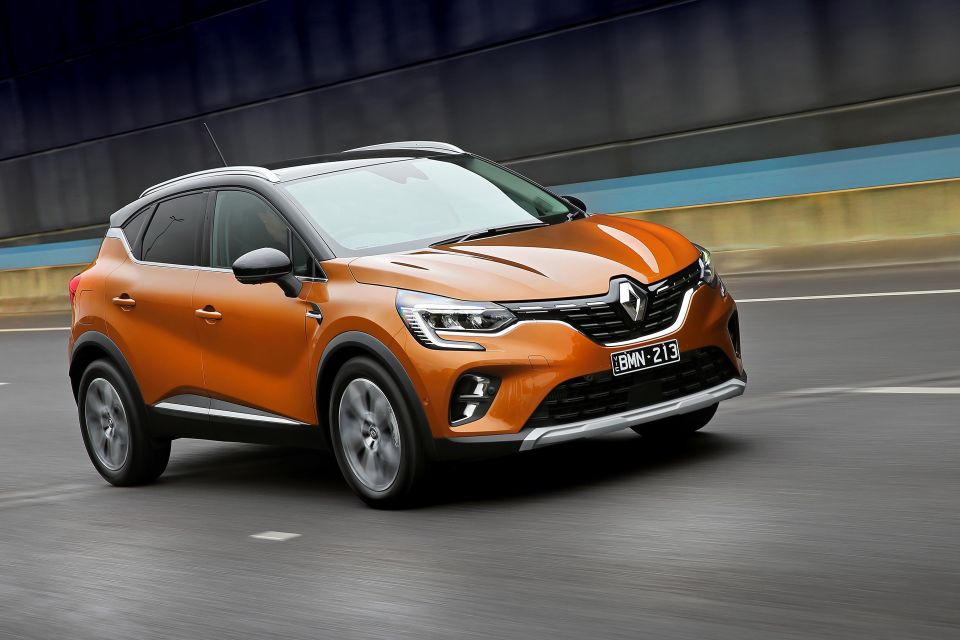
A compact SUV with a small displacement engine and a dual-clutch transmission doesn’t sound like a recipe for driving fun, but the Captur is seriously well sorted.
For starters, Renault has ignored the lower-powered engine fitted to the Juke and instead has brought only the more powerful option to Australia.
It’s more in keeping with Renault’s pitch as a slightly more unique, European take on mainstream motoring – but it’s also a response to the public’s tepid reaction to the previous Captur.
Apparently a lot of people came back from test drives asking for more grunt.
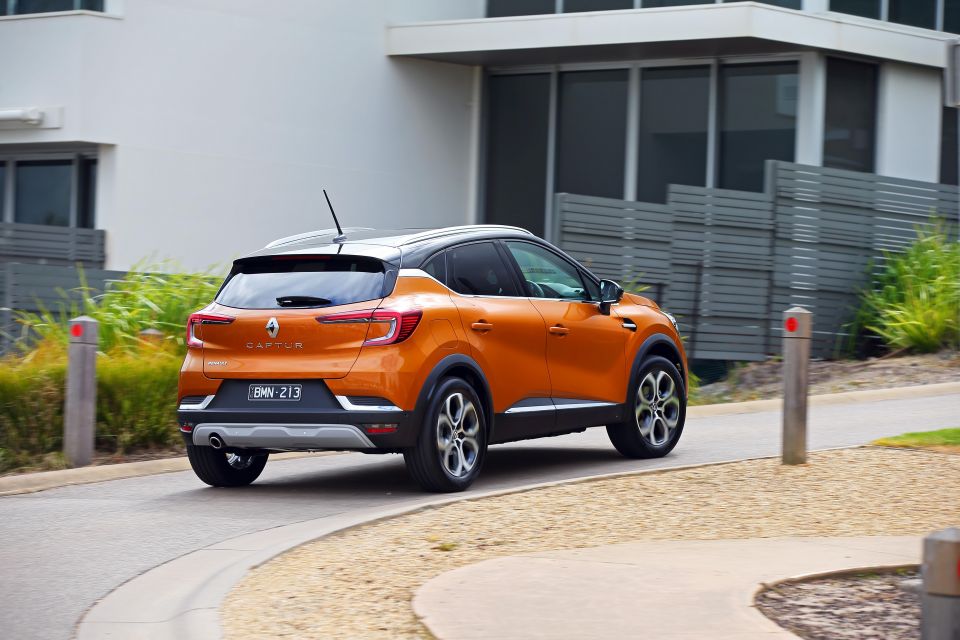
Sure, 113kW and 270Nm aren’t quite hot hatch numbers, but they’re more than enough to make this little Captur feel sprightlier than the average SUV.
It’s hooked up to a dual-clutch transmission that, although not quite as smooth as an old-fashioned torque converter, is relatively smooth around town.
It can be a bit hesitant off the mark, but once you’re up and rolling it shifts quickly and has a good idea of which gear you’ll need, and when you’ll need it.
Beware though, it’s slow to jump from drive to reverse, and is combined with a slightly vague little gear selector that doesn’t clunk from drive, through neutral, and into reverse. Three-point turns require a second glance at the screen just to be sure you’re actually in the gear you thought.
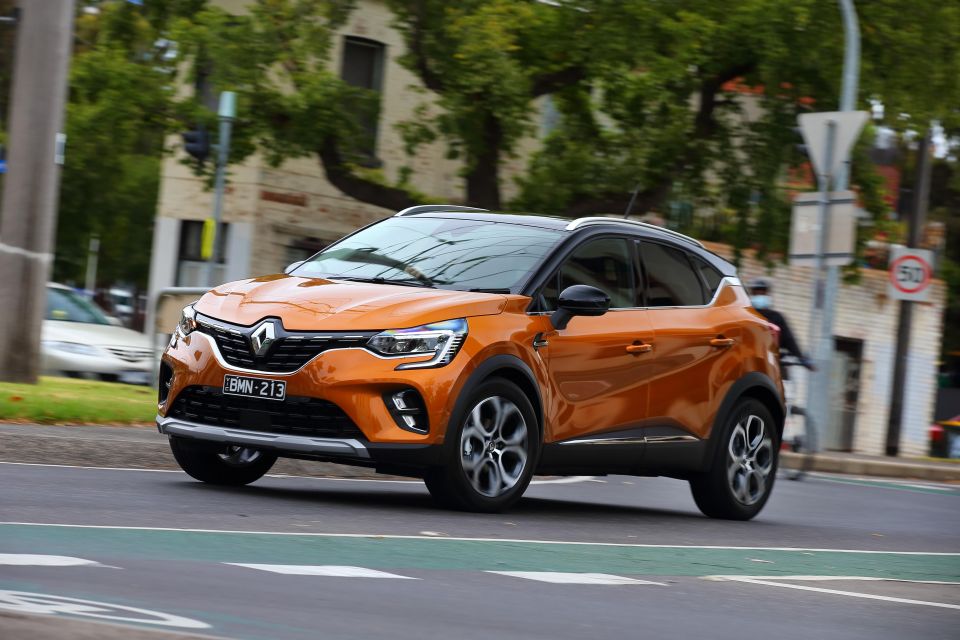
Like the related Nissan Juke, the Captur feels surprisingly lively. The steering is light and quick, and there’s plenty of grip from the Continental tyres if you get enthusiastic.
Of course, quick and light steering is also ideal for darting through gaps in traffic and sneaking into tight parking spaces. All-round visibility is good, although there’s a bit of lag from the slightly grainy camera system when you flick into reverse.
Even the ride is well sorted. There’s the occasional thud from the 18-inch alloy wheels over really sharp bumps, but otherwise the Captur floats along better than a small SUV on big alloys really should.
The only real knock on refinement is the amount of noise generated by the tyres on anything other than perfect tarmac. It’s not alone in being noisy – plenty of small SUVs get a bit uncouth on coarse-chip roads – but it’s decidedly out of keeping with the polished way the car otherwise drives.

Where expert car reviews meet expert car buying – CarExpert gives you trusted advice, personalised service and real savings on your next new car.
The Captur is backed by a five-year, unlimited-kilometre warranty.
Servicing is required every 12 months or 30,000km.
The first five services in the Captur cost a combined $2385. Four of the five visits to the dealer are priced at $399, but the 48 month scheduled service is $789.

The last Captur was a real disappointment. This one more than makes up for it.
It ticks the boxes you’d expect a Renault to tick, with a unique look and stylish, luxurious interior relative to its strong set of rivals.
It also drives with some sophistication, thanks in no small part to the punchy engine under the bonnet.
Spec carefully, though. Adaptive cruise really should be standard, and the digital instruments are worth having.
They undermine the value equation slightly, but they also improve what is already a classy little crossover.
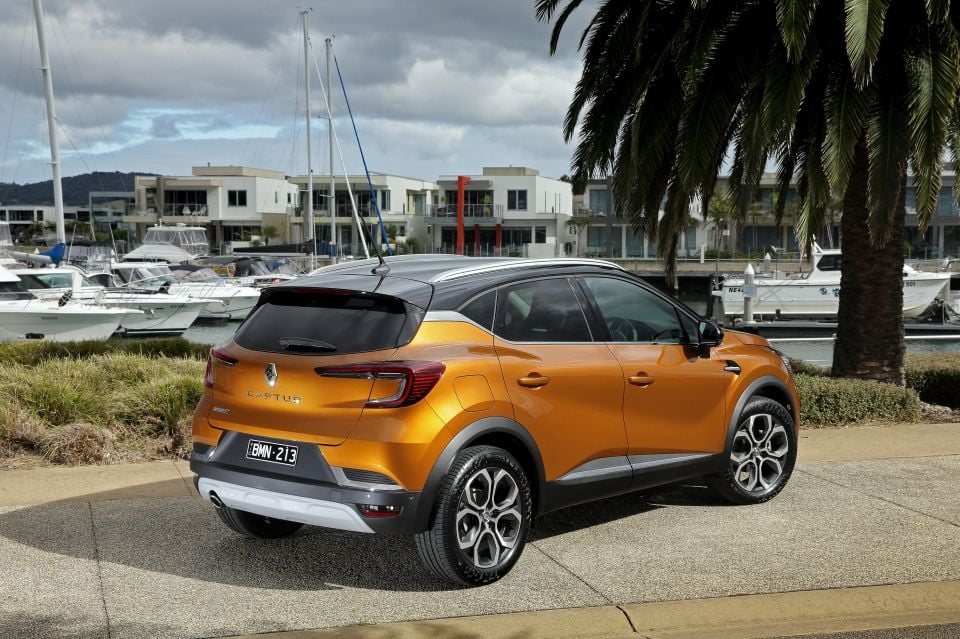
Click on the images for the full gallery
Where expert car reviews meet expert car buying – CarExpert gives you trusted advice, personalised service and real savings on your next new car.
Scott Collie is an automotive journalist based in Melbourne, Australia. Scott studied journalism at RMIT University and, after a lifelong obsession with everything automotive, started covering the car industry shortly afterwards. He has a passion for travel, and is an avid Melbourne Demons supporter.


Damion Smy
11 Hours Ago


Damion Smy
12 Hours Ago


Damion Smy
14 Hours Ago


Damion Smy
16 Hours Ago


Damion Smy
17 Hours Ago


Damion Smy
18 Hours Ago